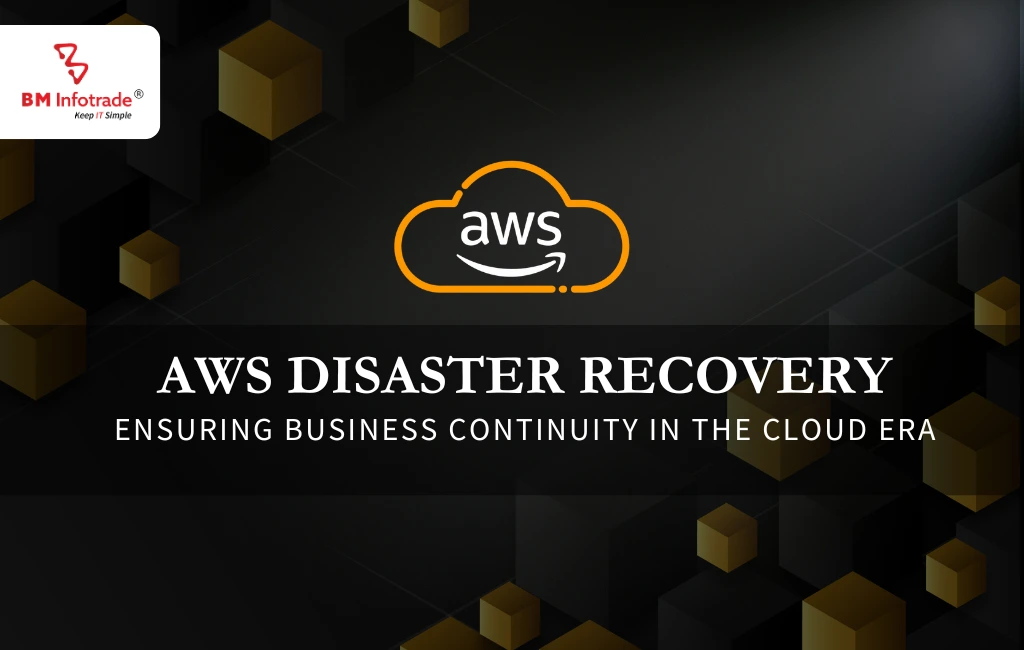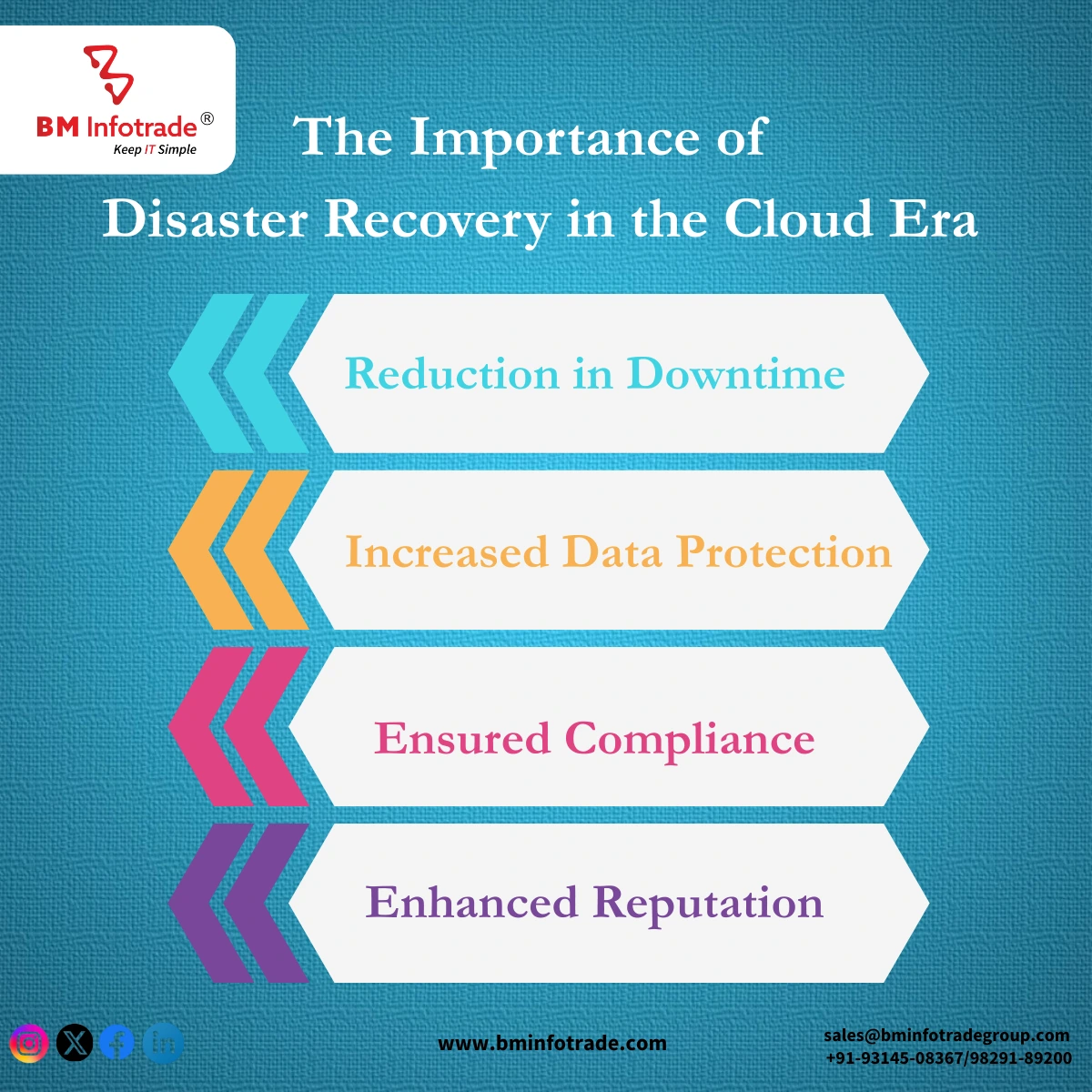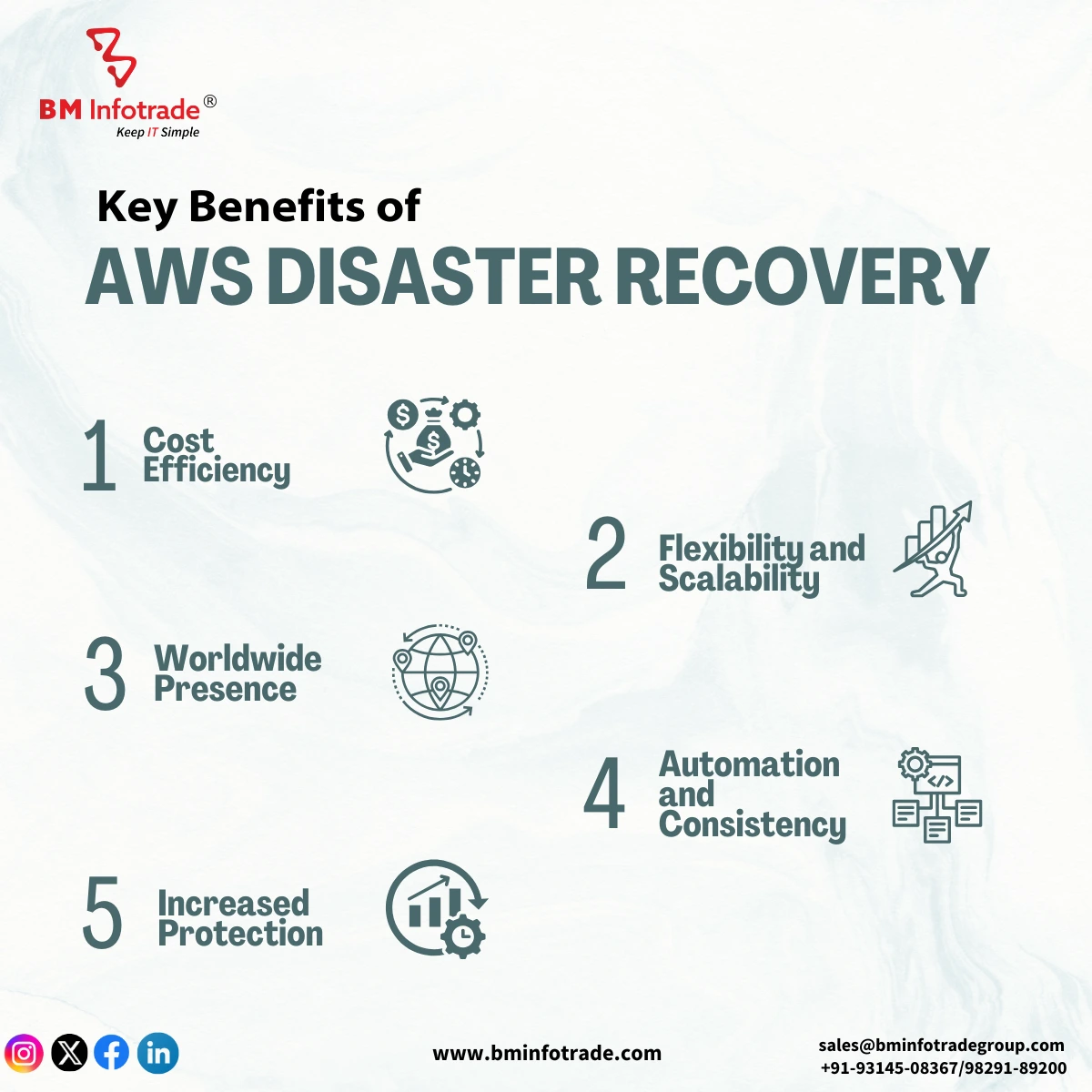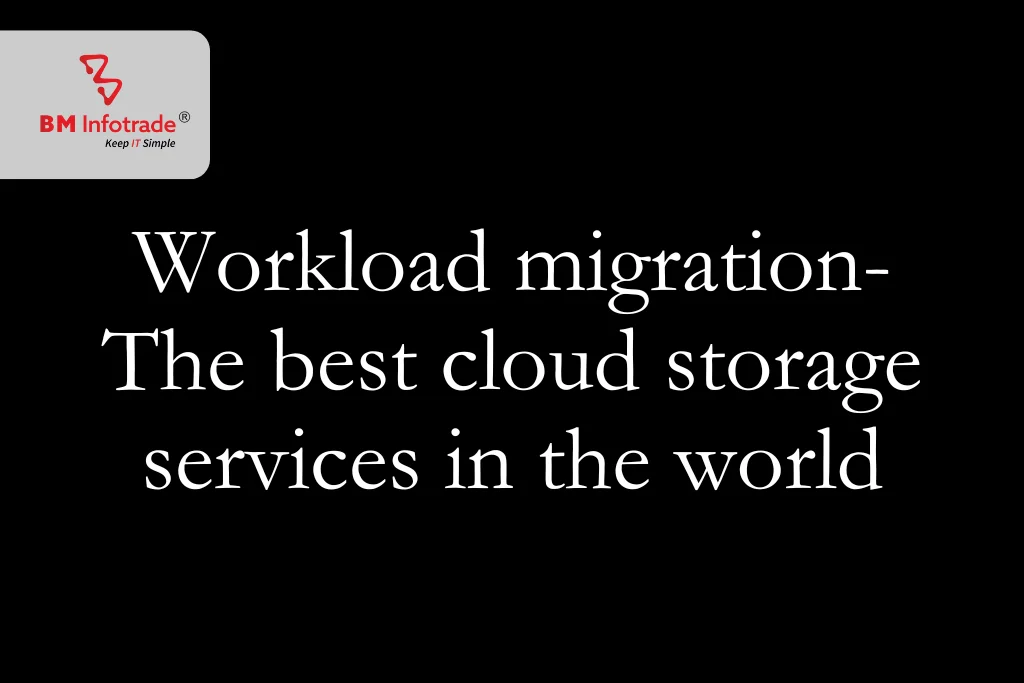AWS Disaster Recovery: Ensuring Business Continuity in the Cloud Era
This article explores how AWS Disaster Recovery ensures seamless business continuity during disruptions by leveraging scalable cloud solutions.

AWS Disaster Recovery: Ensuring Business Continuity in the Cloud Era
Table of Contents
A business needs to continue all normal activities without interruption. Downtime due to a disaster, whether natural or cyber, could result in a huge financial loss, smear a brand’s reputation, and ruin customer confidence. In this respect, AWS Disaster Recovery (DR) contributes greatly. Utilising the powerful infrastructure of Amazon Web Services enables companies to have business continuity and reduce the time on repairs and loss of service during and after an event.
What is AWS Disaster Recovery?
AWS Disaster Recovery entails putting resources to achieve business continuity during a disaster while using the AWS cloud. With the use of tools and solutions that AWS provides, companies can copy their on-premises or cloud environments, which guarantees that business operations can be resumed promptly and seamlessly after the failure. Some of the examples that AWS DR helps in recovering from include:
- Natural Disasters: Floods, hurricanes or earthquakes.
- Cyber Attacks: Ransomware or DDoS attacks.
- System Failures: Hardware issues or software issues.
Through running recovery environments on Amazon’s global network of data centres, companies can be more scalable, cost-effective and flexible.
The Importance of Disaster Recovery in the Cloud Era
Disaster recovery helps businesses in times of crisis, and we can all agree on where business is headed. Here are a few reasons why disaster recovery is so important:

- Reduction in Downtime: A company’s reputation can lower amidst unplanned business outages; hence, wise recovery measures can reduce downtime.
- Increased Data Protection: Sensitive data requires a higher level of safeguarding in the form of disaster recovery solutions, which helps to avoid losses and corruption.
- Ensured Compliance: Adhering to an industry’s guidelines, especially about a disaster recovery system, is crucial.
- Enhanced Reputation: Customers struggle to fully trust a company, but fast recovery methods in the aftermath will increase trust along with the company's reputation.
Read More: AWS Explained: What It Is and Why It is Used for Modern Cloud Solutions
How AWS Disaster Recovery Works
AWS offers a complete range of tools and services for business continuity planning, which includes the whole concept of disaster recovery for different RTOs and RPOs and business goals.
1. Setting RTO and RPO
- RTO (Recovery Time Objective): The longest period that the business can tolerate being offline after a disaster.
- RPO (Recovery Point Objective): The longest period that data can be lost in case of a system failure.
- With AWS DR, businesses can meet different variants of RTO and RPO, hence making a selection from a broad variety of recovery strategies.
2. Core AWS DR Services
Outages are unavoidable in technology – there are several types of disasters ranging from power outages to natural calamities. Thanks to technology, however, there are ways to avert grave losses due to these outages. The following services offered by Amazon Web Services are crafted in a manner to enable seamless recovery of systems or data in core accounting systems, which is the heart of a business.
A. AWS Elastic Disaster Recovery (AWS DRS)
AWS DRS allows businesses to automate disaster recovery processes which take a lot of time, ensuring effortless and seamless recovery for on-premises and hybrid setups.
Prominent Abilities:
- Ongoing duplication of tasks.
- Complete automation of retention and restoration processes.
- Support of versatile applications.
B. Amazon S3 and S3 Glacier
These services, like Amazon S3 and S3 Glacier, facilitate the storage of resources, which enables secure storage of data to restore it after a crash.
- Amazon S3 makes sure that the active data is durable up to 99.999999999%.
- Meanwhile, S3 Glacier enables energy-saving big data storage practices from online databases.
C. AWS Backup
The AWS Backup ensures the facilitation of functions which eliminate the pains of carrying out separate backup processes, as it integrates and automates the backup of different processes among different services.
D. Amazon Route 53
Amazon Route 53 encourages high availability, as it aids in recovering the affected location or region and marketing them to shift elsewhere to mitigate the impacts of disasters.
Disaster Recovery Strategies on AWS
AWS provides a wide array of DR strategies to choose from that address the specific needs of the business while also keeping the allocated budget in consideration.
1. Backup and Restore
- Description: Business data is regularly saved and restored whenever needed.
- Best For: Established businesses that have multiple Recovery Time Objectives and Recovery Point Objectives.
- AWS Services Used: AWS Backup, Amazon S3, S3 Glacier.
2. Pilot Light
- Description: AWS hosts the minimum copy of the production environment ever, which can be expanded to full functionality during a disaster to assist businesses with scaling.
- Best For: Startups and small businesses looking to extend their recovery options while being cost-effective.
- AWS Services Used: Amazon EC2, Amazon RDS, Amazon DynamoDB.
3. Warm Standby
- Description: During a business catastrophe, the production environment recovery is expanded through AWS, which has a more cost-effective approach as compared to full scaling.
- Best For: Large-scale businesses that are looking for reduced recovery costs.
- AWS Services Used: Elastic Load Balancer, Amazon EC2 Auto Scaling.
4. Multi-Site (Active-Active)
- Description: In only a few locations, elastic load balancers, AWS Direct Connect or Amazon Route 53 servers capacity sends production environment signals to make certain there is no downtime.
- Best For: Businesses and applications that operate on a mission-critical basis, guaranteeing that there is always availability.
- AWS Services Used: Elastic Load Balancer, Amazon Route 53, AWS Direct Connect, AWS Direct Connect.
Key Benefits of AWS Disaster Recovery

1. Cost Efficiency
The only thing needed for AWS to function properly is an internet connection, and as a consequence, AWS removes the necessity for expensive physical DR facilities and thus helps businesses decrease their capital investments.
2. Flexibility and Scalability
Businesses can adjust their resources with AWS to meet the requirements of any situation during a recovery.
3. Worldwide Presence
With the infrastructure AWS has in its data centres across the globe, businesses can increase workloads in multiple locations, improving their durability.
4. Automation and Consistency
Large amounts of human intervention are required for processes to be completed, but with AWS and DR, processes can be automated to ensure consistent outputs when recovering.
5. Increased Protection
AWS DR solutions are highly safe with encrypted features and Identity and Access Management (IAM) and are fully compliant with multiple international standards.
Read More: AWS Features and Pricing in 2025: A Detailed Guide for Businesses
Conclusion
The AWS Disaster Recovery feature of the Amazon Web Services manages to aid in the restoration of any applications built on the cloud, ensuring that the user is never at a loss. This is achieved through the prize's pay-as-you-go policy, which has helped businesses restore data while constantly ensuring that there is minimal downtime.
A backup or restore solution can serve as a differentiating factor in ensuring that the business is always successful in a world where operations are pivotal. The increase in options from AWS, such as warm standby, pilot light, and multi-site, is bound to further solidify the standing of the business in the market.







Anshul Goyal
Group BDM at B M Infotrade | 11+ years Experience | Business Consultancy | Providing solutions in Cyber Security, Data Analytics, Cloud Computing, Digitization, Data and AI | IT Sales Leader